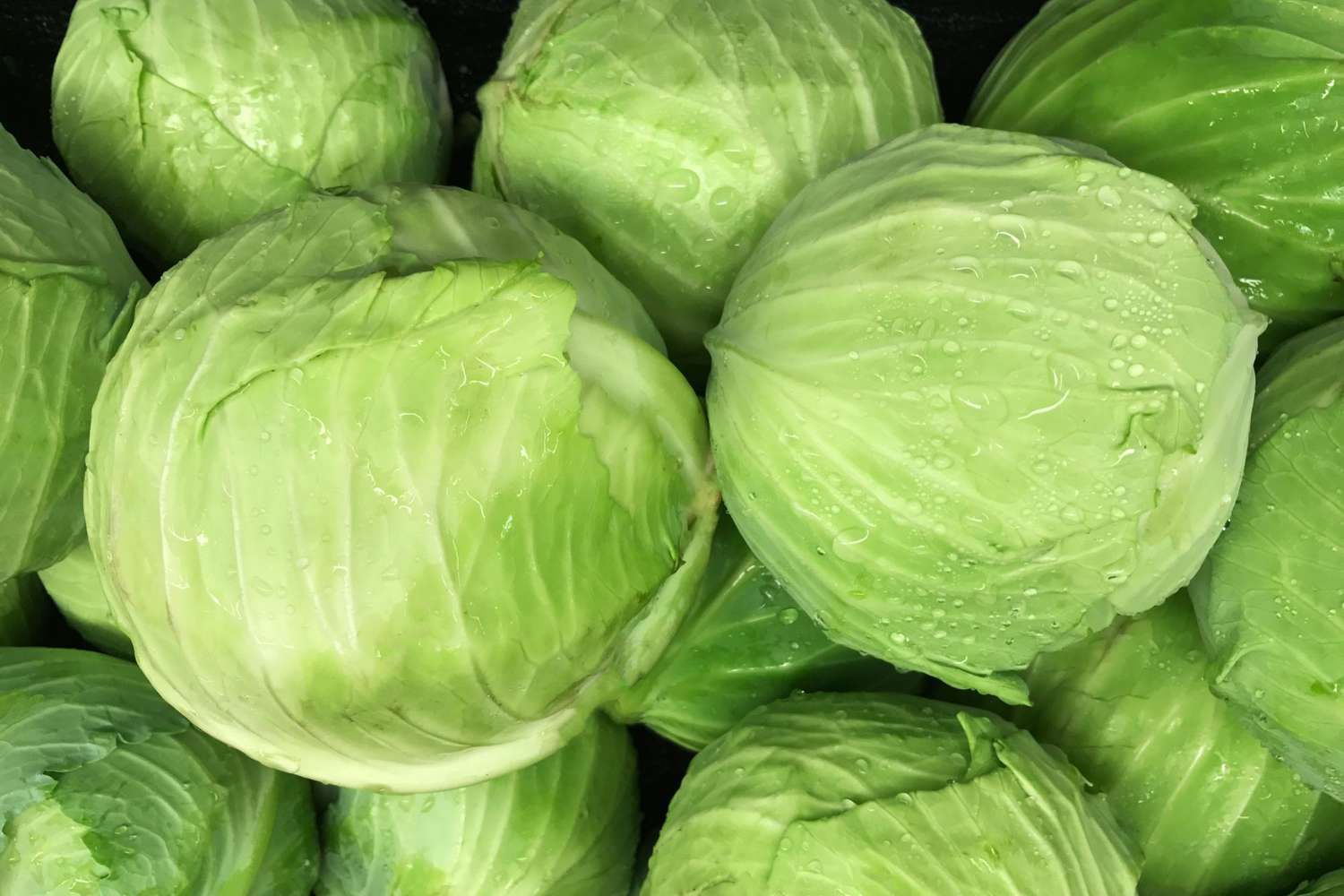

Articles
How To Store A Cabbage
Modified: February 26, 2024
Learn the best way to store a cabbage and keep it fresh for longer. Check out our articles for helpful tips and tricks to store your cabbage properly.
(Many of the links in this article redirect to a specific reviewed product. Your purchase of these products through affiliate links helps to generate commission for Storables.com, at no extra cost. Learn more)
Introduction
Storing a cabbage properly is essential to keep it fresh and maintain its crispy texture for an extended period of time. Cabbage is a versatile vegetable that can be used in various recipes, such as salads, stir-fries, and soups. Whether you have harvested your own cabbage from the garden or bought it from the grocery store, proper storage techniques will help you make the most of this nutritious and delicious vegetable.
In this article, we will guide you on how to store a cabbage to ensure its freshness and longevity. From choosing the right cabbage to preparing it for storage, we will cover everything you need to know. So, let’s dive in and learn how to store cabbage like a pro!
Key Takeaways:
- Choose firm, organic cabbage and store it in the refrigerator to maintain its freshness. Regularly check for spoilage and use airtight containers for cut cabbage to maximize shelf life.
- Consider freezing excess cabbage and using cabbage storage bags to extend its longevity. Keep cabbage cool, dry, and away from ethylene-producing fruits for optimal freshness.
Read more: How To Store Green Cabbage
Choosing the Right Cabbage
When it comes to storing cabbage, selecting the right cabbage is the first step. Here are some tips to help you choose a cabbage that is suitable for storage:
- Look for firmness: Choose a cabbage that feels firm when you squeeze it. Avoid cabbages that have soft spots or feel spongy, as they may not have a long shelf life.
- Check the outer leaves: Inspect the outer leaves of the cabbage. They should be tightly packed and free from discoloration or wilting.
- Consider the size: Depending on your storage space and usage, choose a cabbage size that suits your needs. Smaller cabbages are ideal for individuals or small families, while larger cabbages are perfect for storing and using in larger quantities.
- Opt for organic: If possible, choose organic cabbage to avoid exposure to pesticides and chemicals. Organic cabbages tend to have a higher nutrient content and better flavor.
By selecting a high-quality cabbage, you set the foundation for successful storage and a longer shelf life.
Preparing the Cabbage for Storage
Before storing cabbage, it is important to properly prepare it to ensure the best possible storage conditions. Here are the steps to follow:
- Remove any damaged leaves: Start by inspecting the cabbage for any damaged, wilted, or discolored leaves. Gently remove these leaves and discard them.
- Rinse the cabbage: Rinse the cabbage under cool running water to remove any dirt or debris that may be stuck to the leaves. Pat it dry with a clean towel.
- Trim the stem: Cut off the bottom stem of the cabbage using a sharp knife. This will help the cabbage sit flat when stored and prevent excess moisture from accumulating at the base.
- Optional: Quarter or shred the cabbage: Depending on your storage needs and preferences, you can choose to leave the cabbage whole or quarter it. Alternatively, you can shred the cabbage for easier use in recipes later on. If you decide to shred the cabbage, use a knife or a food processor with a shredding attachment.
Once you have completed these steps, your cabbage is now ready to be stored. Whether you choose to store it whole or pre-cut, proper storage techniques will help prolong its freshness and maintain its nutritional value.
Storing a Whole Cabbage
If you prefer to store your cabbage whole, here are the steps to follow:
- Wrap in plastic: Place the whole cabbage in a plastic bag or wrap it tightly with plastic wrap. This will help maintain the moisture and prevent the cabbage from drying out.
- Store in the refrigerator: Put the wrapped cabbage in the crisper drawer or a designated section of your refrigerator. The ideal temperature for storing cabbage is between 32°F (0°C) and 40°F (4°C).
- Avoid contact with ethylene-producing fruits: Keep cabbage away from ethylene-producing fruits, such as apples, bananas, and tomatoes. Ethylene can cause cabbage to deteriorate faster.
- Check for moisture: Periodically check the cabbage for any signs of moisture build-up or condensation in the plastic wrap. If necessary, remove the cabbage, dry it off, and rewrap it with fresh plastic.
A whole cabbage can be stored in the refrigerator for up to 2 weeks, but it is recommended to use it within the first week for the best flavor and texture. Monitor the cabbage regularly for any signs of spoilage, such as mold or a strong odor.
Now that you know how to store a whole cabbage, let’s move on to the next section: storing cut cabbage.
Storing Cut Cabbage
If you have already cut the cabbage and want to store the leftovers, follow these steps:
- Place in a container: Transfer the cut cabbage into an airtight container. Glass or plastic containers with tight-fitting lids work well for this purpose.
- Seal the container: Make sure the container is properly sealed to prevent air from entering and moisture from escaping.
- Refrigerate immediately: Place the container in the refrigerator as soon as possible. It is recommended to store cut cabbage in the refrigerator at a temperature between 32°F (0°C) and 40°F (4°C).
- Use within a few days: Ideally, use the cut cabbage within 3-5 days for the best quality. As time passes, the cut cabbage may start to lose its crispness and flavor.
Remember to check the cut cabbage regularly for any signs of spoilage, such as discoloration or a foul odor. If you notice any signs of spoilage, discard the cabbage immediately to prevent the spread of bacteria.
Now that you know how to store cut cabbage, let’s explore another storage option: freezing cabbage.
Store a cabbage in the crisper drawer of the refrigerator, wrapped in a damp paper towel to maintain moisture. It can last for up to 2 weeks.
Read more: How To Store Cut Cabbage
Freezing Cabbage
If you have a surplus of cabbage or want to preserve it for a longer period, freezing is a great option. Here are the steps to freeze cabbage:
- Blanch the cabbage: Start by blanching the cabbage to preserve its texture and color. Bring a pot of water to a boil and add the cabbage leaves or shredded cabbage. Boil for 1-2 minutes, then immediately transfer them to a bowl of ice water to cool down.
- Drain and pat dry: Once the cabbage has cooled, drain it thoroughly to remove excess moisture. Use a clean kitchen towel or paper towels to gently pat dry the cabbage.
- Portion and pack: Divide the blanched cabbage into portion sizes that suit your needs. Place each portion in a freezer-safe bag or airtight container. Remove as much air as possible before sealing to prevent freezer burn.
- Label and date: Label each bag or container with the contents and the date of freezing. This will help you keep track of the cabbage’s freshness.
- Freeze: Place the cabbage in the freezer and make sure it is stored in a flat position to prevent them from sticking together.
Frozen cabbage can be stored in the freezer for up to 12 months. However, keep in mind that the texture of the cabbage may become softer after thawing, which is more suitable for cooked dishes rather than raw preparations.
When you’re ready to use the frozen cabbage, thaw it in the refrigerator overnight or use it directly in cooked dishes without thawing.
Now that you know how to freeze cabbage, let’s explore another option for storing cabbage: using cabbage storage bags.
Using Cabbage Storage Bags
Cabbage storage bags are specifically designed to keep your cabbage fresh and extend its shelf life. Here’s how to use cabbage storage bags:
- Choose the right bags: Look for storage bags specifically designed for cabbage or other vegetables. These bags often have perforations or small vents to allow the cabbage to breathe.
- Prepare the cabbage: Clean and prepare the cabbage as mentioned earlier by removing damaged leaves, rinsing, and trimming the stem. If you prefer, you can also shred or chop the cabbage for easier storage and use.
- Place the cabbage in the bag: Put the prepared cabbage into the storage bag. If using whole cabbage leaves, layer them gently to avoid bruising.
- Seal the bag: Seal the bag securely, removing as much air as possible to create a tight seal. Some bags may come with zip-lock closures, while others may require twist ties or clips.
- Store in the refrigerator: Place the sealed cabbage storage bag in the crisper drawer or a designated section of your refrigerator. The bag will help maintain the cabbage’s moisture and protect it from drying out.
- Check regularly: Periodically check the cabbage for any signs of spoilage. If you notice any mold or a foul odor, discard the cabbage immediately.
Using cabbage storage bags can help prolong the freshness of your cabbage and prevent it from wilting or drying out. These bags create a microclimate environment that mimics the ideal conditions for cabbage storage.
Now that you know how to use cabbage storage bags, let’s move on to the next section: checking and maintaining cabbage freshness.
Checking and Maintaining Cabbage Freshness
Even with proper storage techniques, it’s important to regularly check and maintain the freshness of your cabbage. Here are some tips to help you monitor and preserve the freshness of your cabbage:
- Inspect the cabbage: Regularly inspect the cabbage for any signs of spoilage, such as discoloration, mold, or a foul odor. If you notice any of these signs, discard the cabbage immediately.
- Remove damaged leaves: As you check the cabbage, remove any damaged or wilted leaves. This will help prevent the spread of spoilage to the rest of the cabbage.
- Wipe off moisture: If you notice any moisture buildup or condensation inside the storage bag or container, gently wipe it off with a clean cloth or paper towel. Excess moisture can promote spoilage.
- Rotate the cabbage: If you have multiple cabbages stored, rotate them periodically. This ensures that all cabbages have equal exposure to the cooler parts of the refrigerator, preventing uneven spoilage.
- Use the cabbage: Try to use the cabbage in a timely manner to enjoy its optimal freshness and flavor. If you have stored cut cabbage, prioritize using it within a few days for the best quality.
By regularly checking and maintaining the freshness of your cabbage, you can ensure that you’re using the highest-quality cabbage in your culinary creations.
Now that we have covered checking and maintaining cabbage freshness, let’s move on to the final section: tips for maximizing cabbage shelf life.
Tips for Maximizing Cabbage Shelf Life
To maximize the shelf life of your cabbage and keep it fresh for as long as possible, follow these additional tips:
- Keep it cool: Cabbage thrives in cool temperatures. Store it in the coldest part of your refrigerator, such as the crisper drawer, at a temperature between 32°F (0°C) and 40°F (4°C).
- Avoid moisture: Excess moisture can cause cabbage to deteriorate quickly. Keep the cabbage dry and remove any condensation from the storage bag or container.
- Store away from ethylene-producing fruits: Ethylene gas can accelerate the ripening and spoilage of cabbage. Keep it away from fruits like apples, bananas, and tomatoes, which emit ethylene.
- Separate from strong odors: Cabbage has a tendency to absorb strong odors from nearby foods. Keep it away from pungent foods like onions or garlic to maintain its own flavor.
- Leave outer leaves intact: The outer leaves of the cabbage help protect the inner leaves from drying out. Leave them intact until you’re ready to use the cabbage.
- Use airtight containers: When storing cut cabbage or shredded cabbage, use airtight containers to prevent moisture loss and maintain freshness.
- Freeze excess cabbage: If you have an abundance of cabbage, consider freezing it to extend its shelf life for future use. Follow the freezing steps mentioned earlier.
By following these tips, you can extend the shelf life of your cabbage and enjoy its freshness in your favorite recipes for a longer period.
Now that you know how to maximize cabbage shelf life, let’s summarize what we’ve learned.
Read more: How To Store Cabbage In Fridge
Conclusion
Storing cabbage properly is key to maintaining its freshness and texture for an extended period. By following the right techniques, you can keep your cabbage crispy and nutritious, ensuring it lasts longer and remains delicious in various culinary creations.
Choosing the right cabbage, preparing it for storage, and understanding the different storage methods are crucial steps in maximizing its shelf life. Whether you store it whole, cut, or frozen, each method has its own benefits and considerations. Using cabbage storage bags can also help create an optimal storage environment.
Regularly checking and maintaining the freshness of your cabbage is essential. Inspect for spoilage, remove damaged leaves, and monitor moisture levels to prevent deterioration. By caring for your cabbage and prioritizing its use, you can savor its freshness and flavors.
Remember to keep your cabbage cool, away from ethylene-producing fruits, and in airtight containers. Avoid exposure to strong odors and consider freezing excess cabbage to enjoy it later on.
With the knowledge and tips shared in this article, you can now store cabbage like a pro and enjoy its versatile and nutritious qualities. So go ahead, stock up on this crunchy vegetable, and savor its goodness in a variety of recipes!
Frequently Asked Questions about How To Store A Cabbage
Was this page helpful?
At Storables.com, we guarantee accurate and reliable information. Our content, validated by Expert Board Contributors, is crafted following stringent Editorial Policies. We're committed to providing you with well-researched, expert-backed insights for all your informational needs.
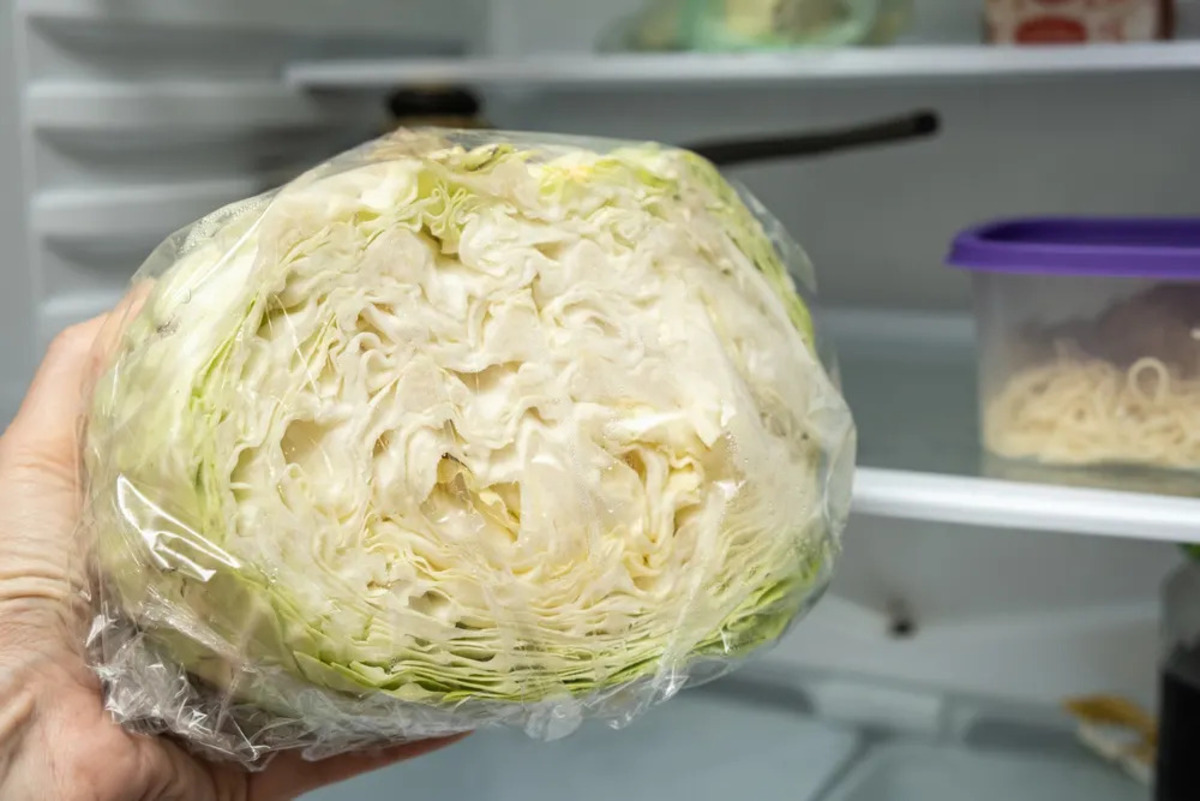
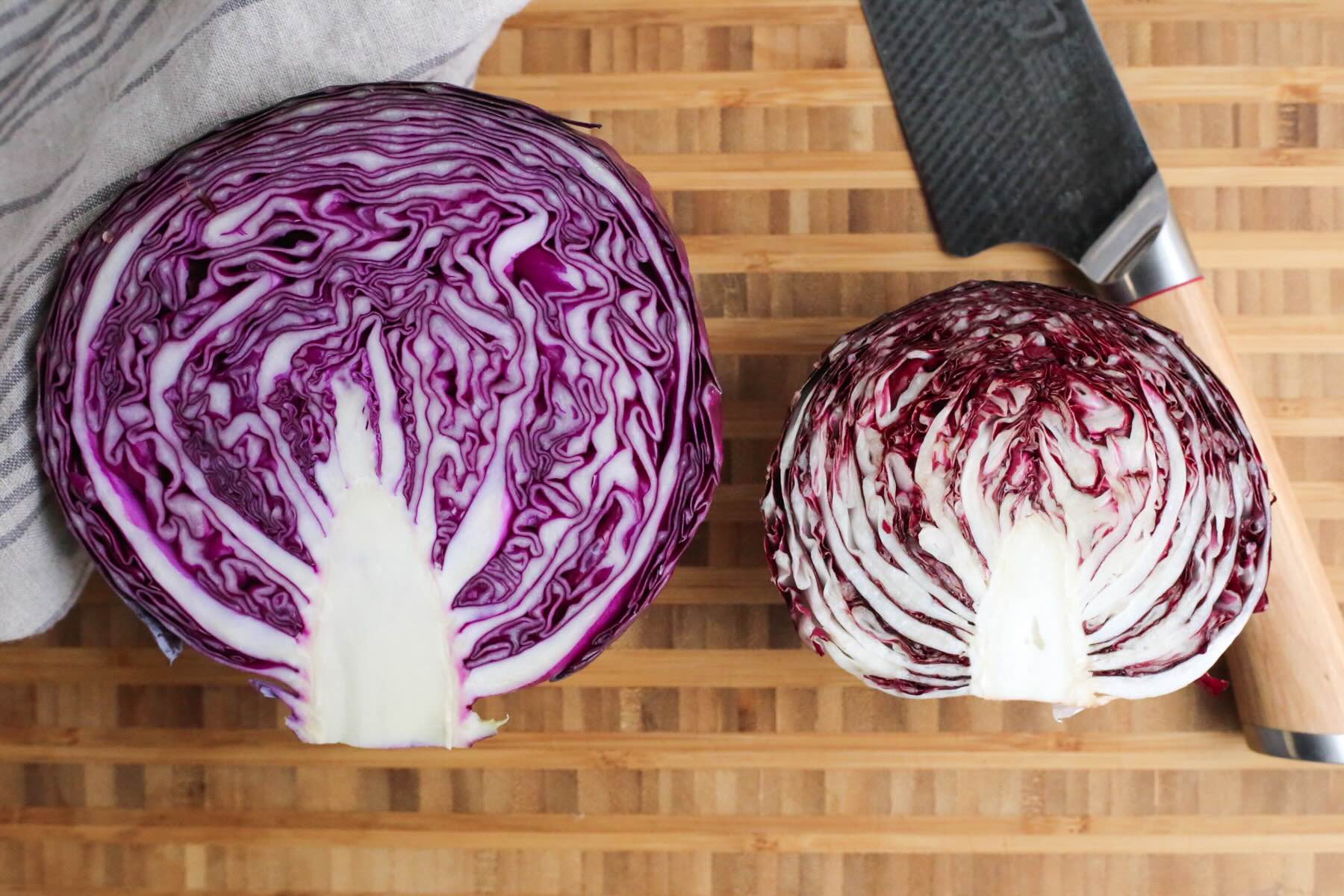

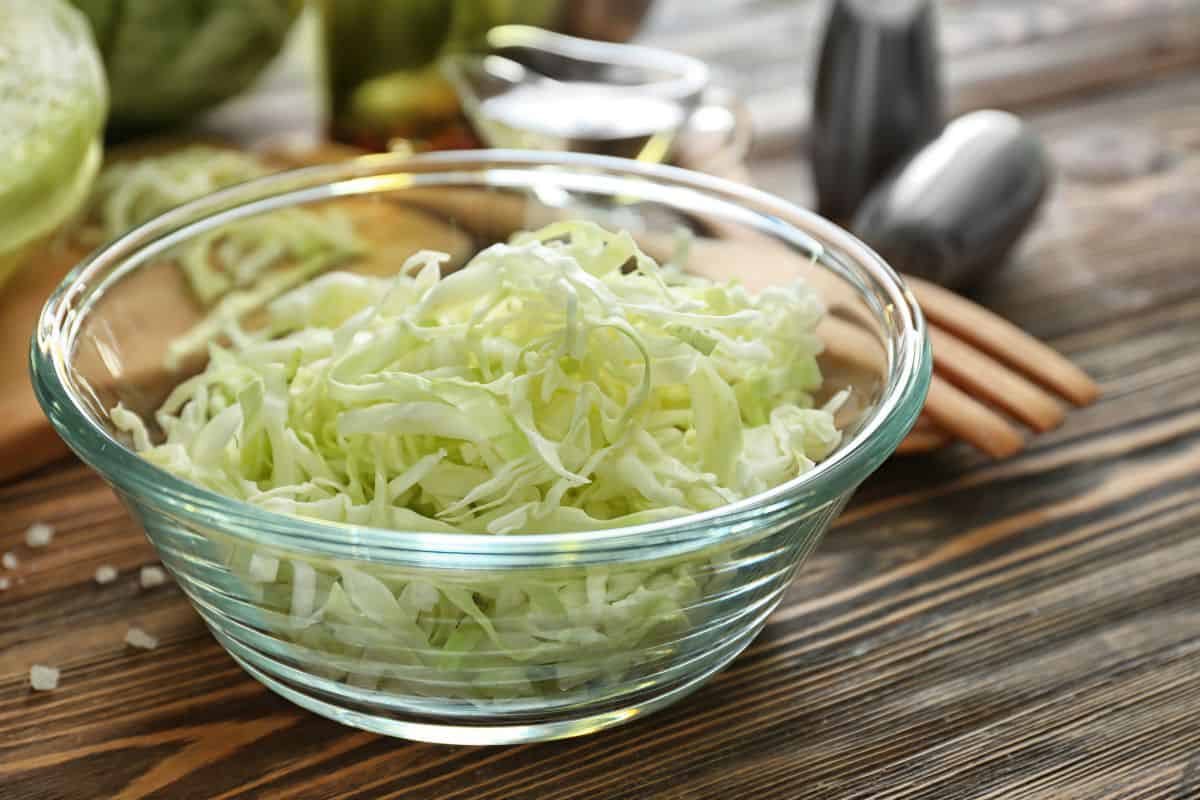
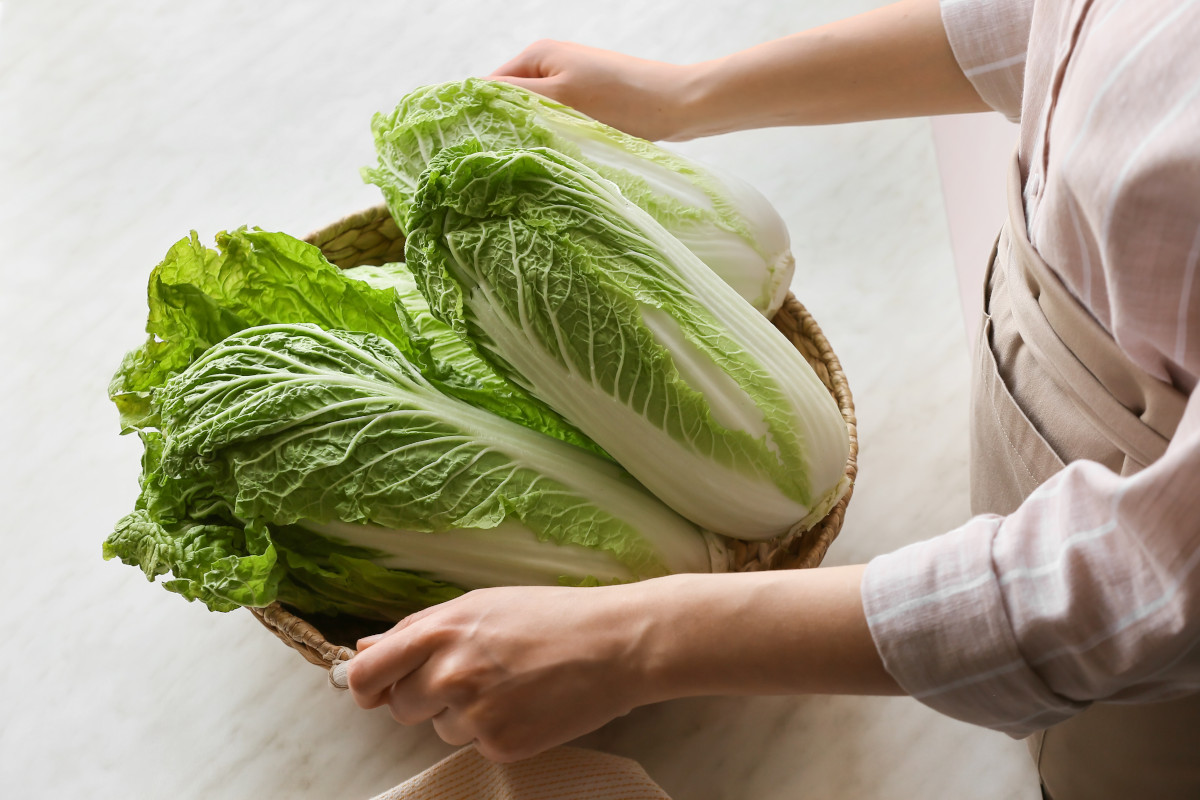
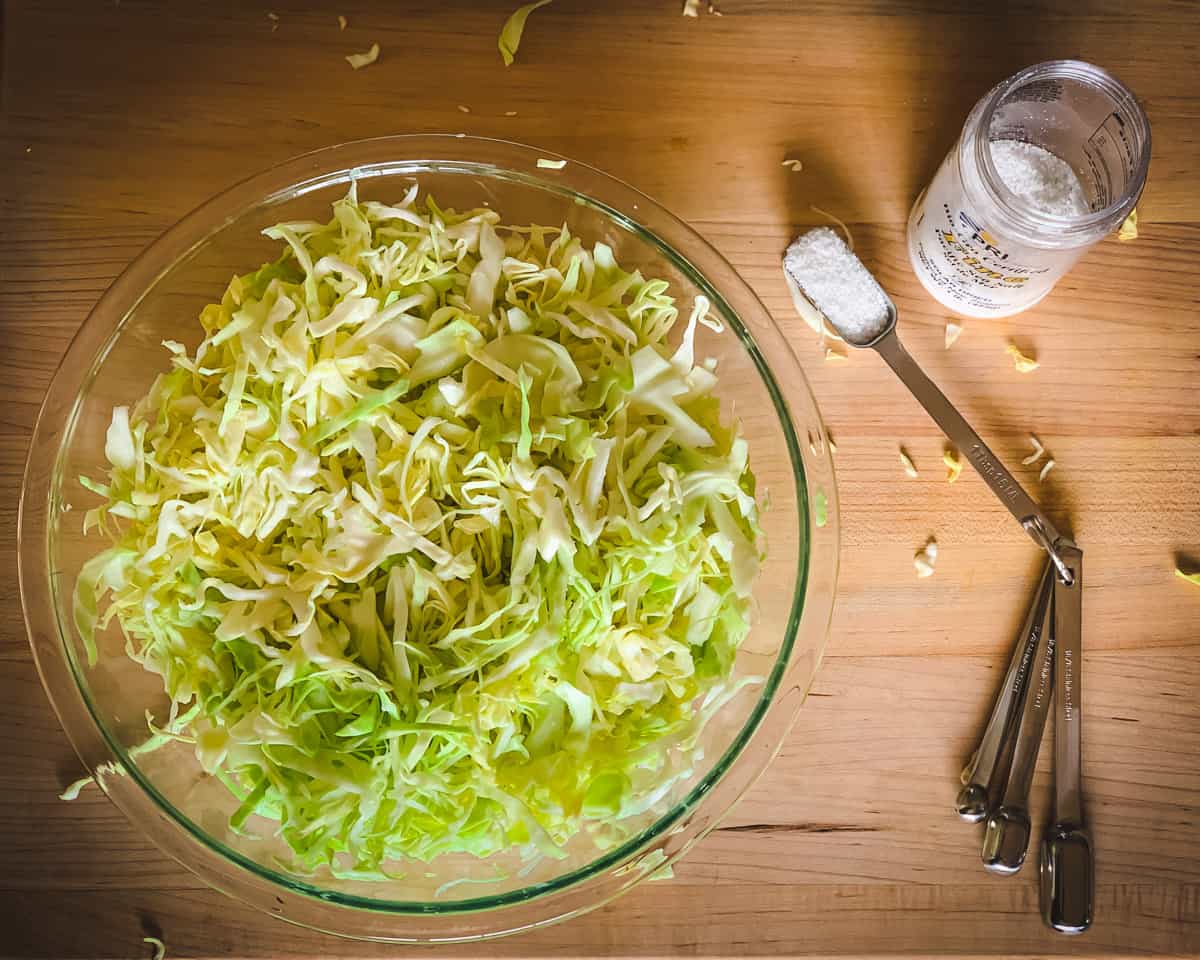
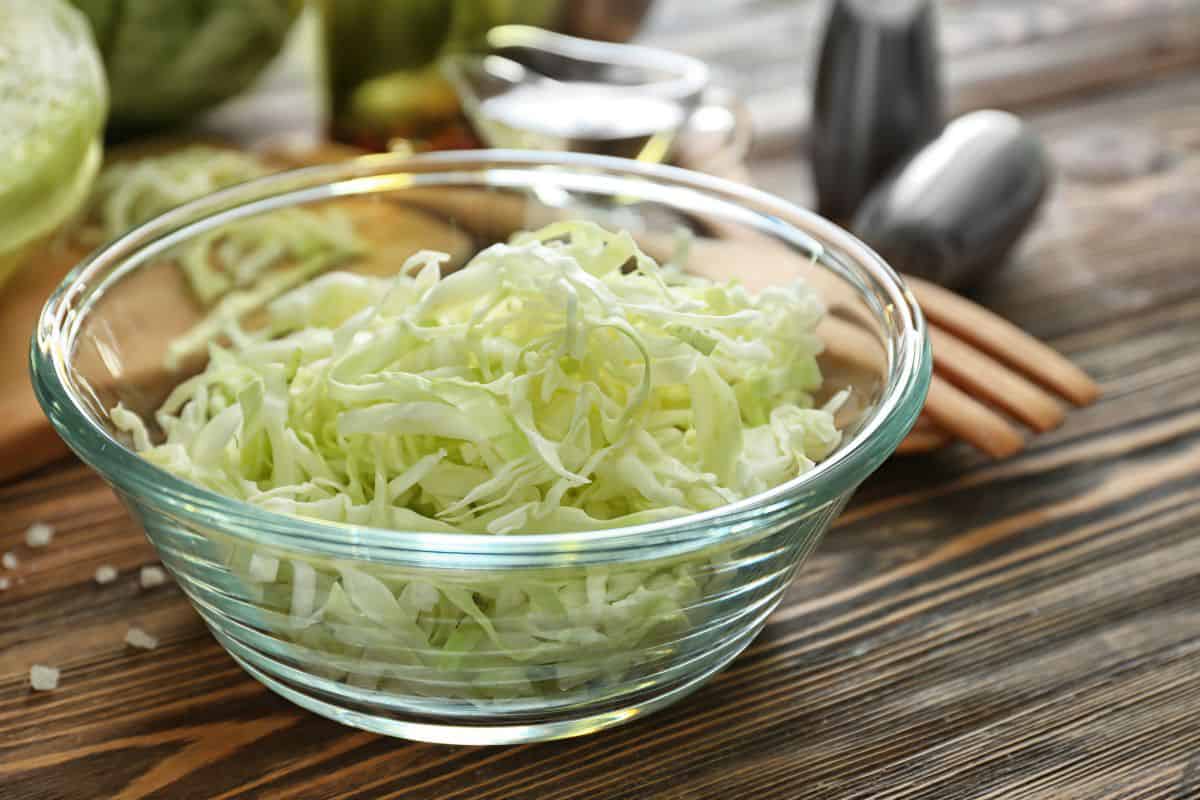
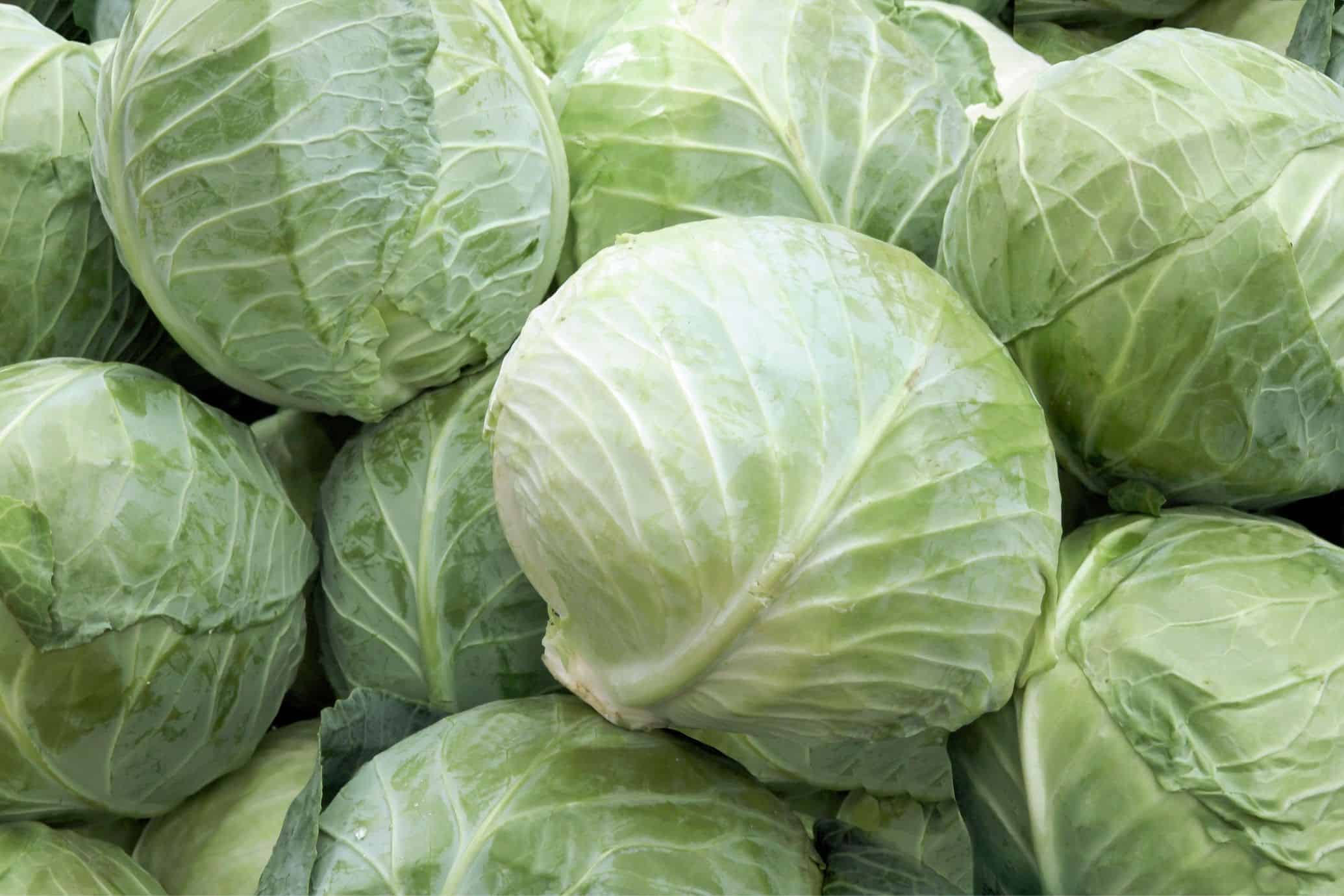
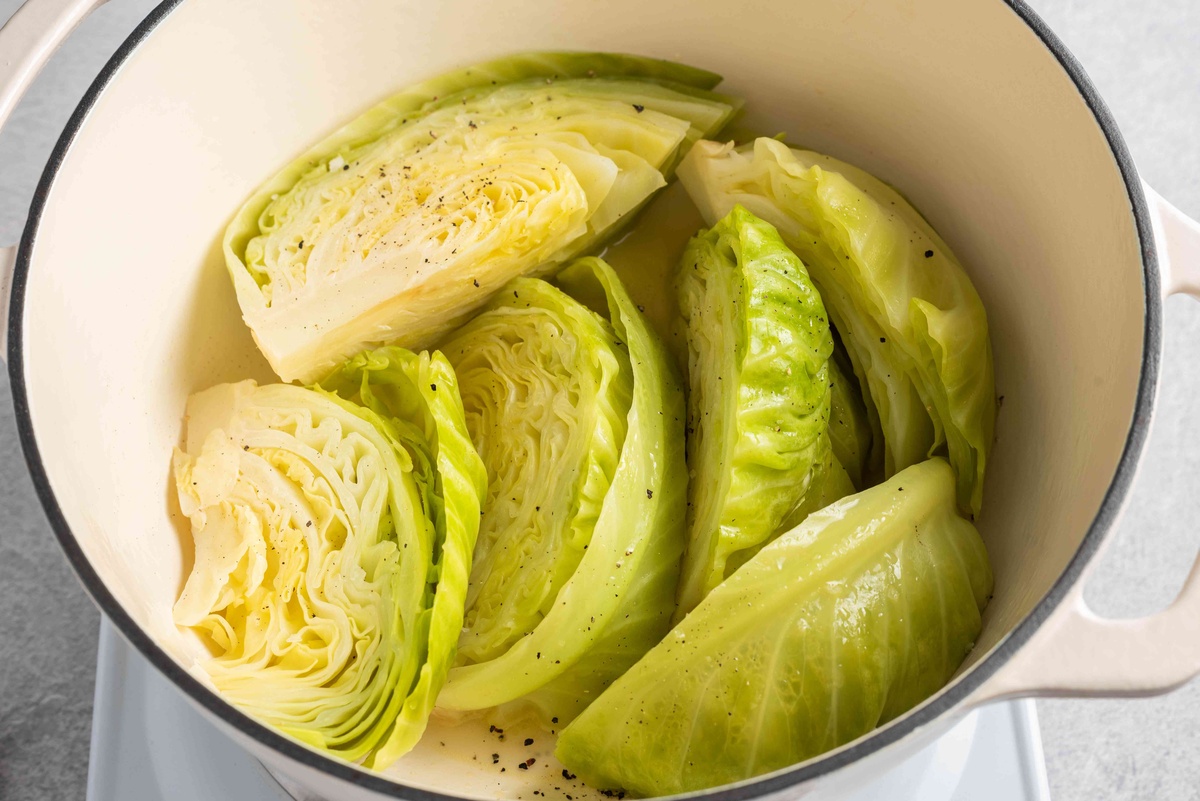
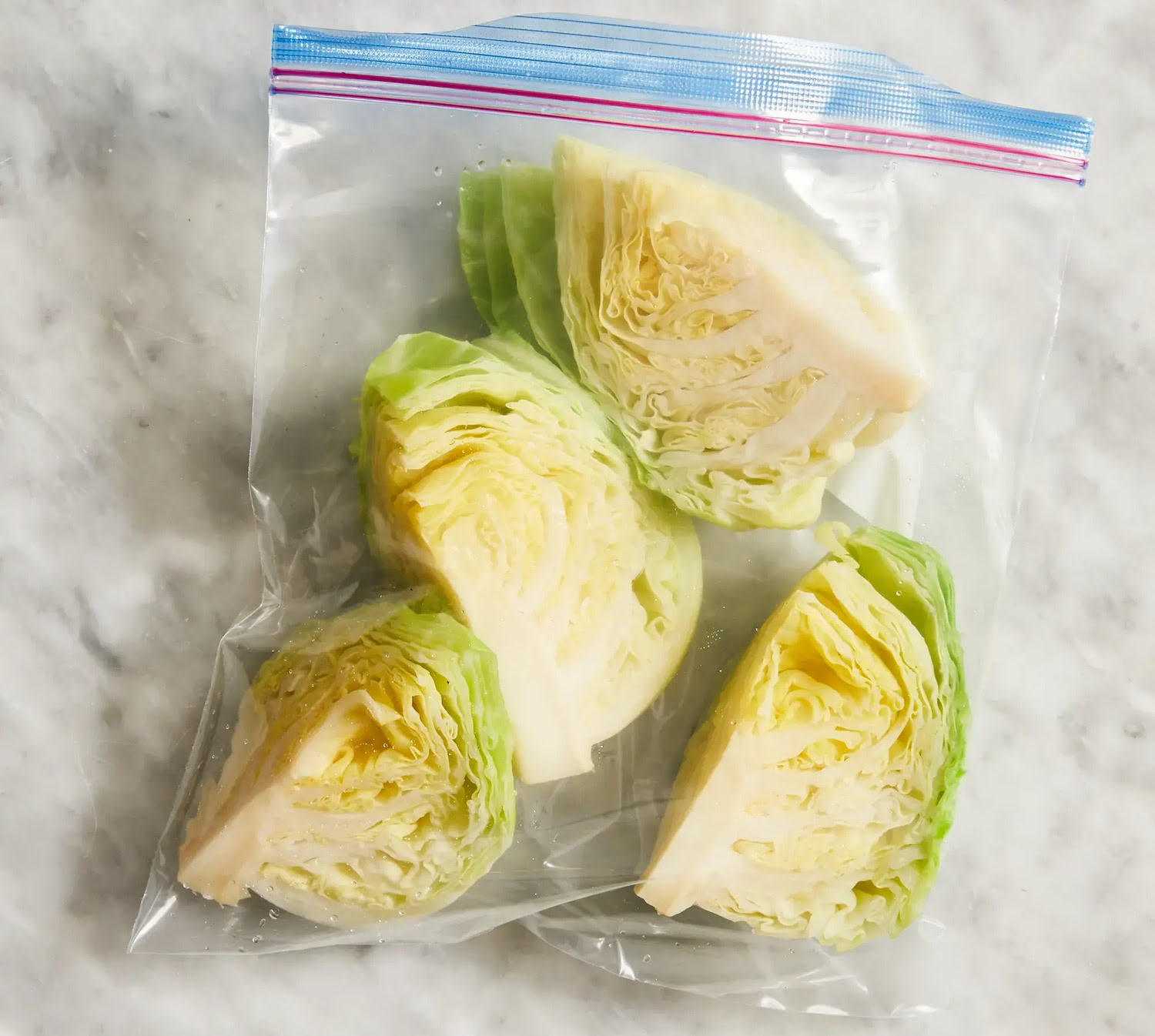
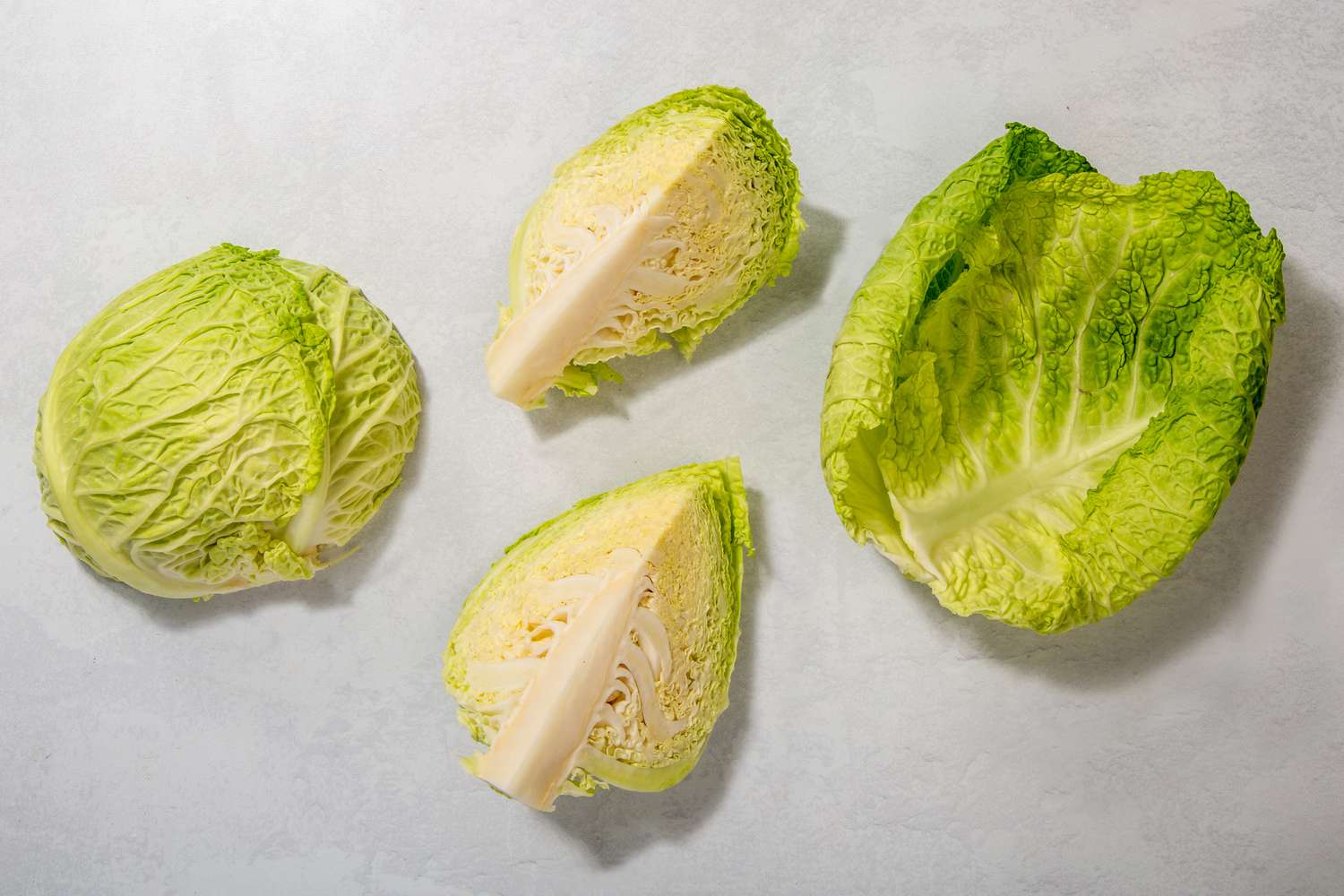
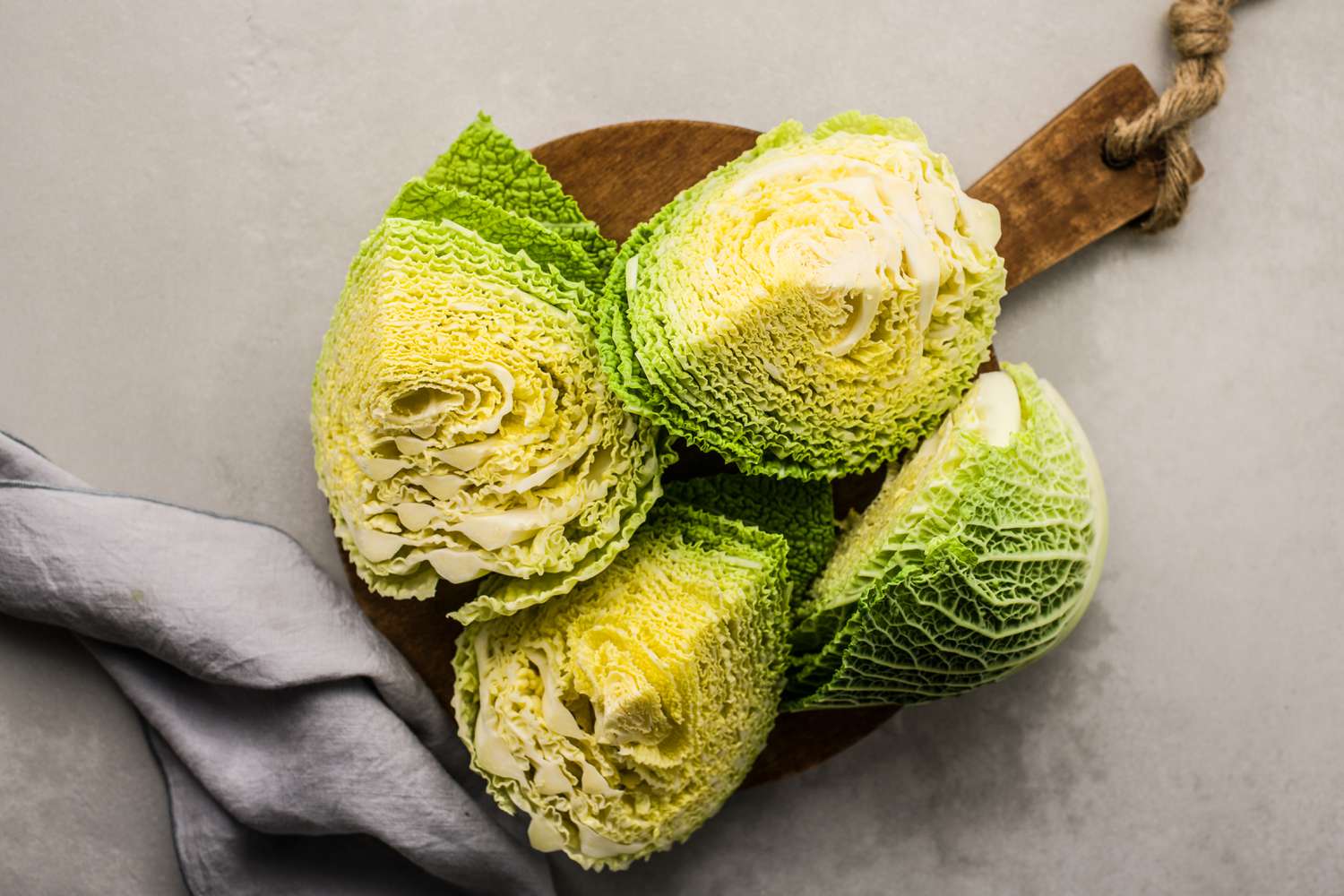
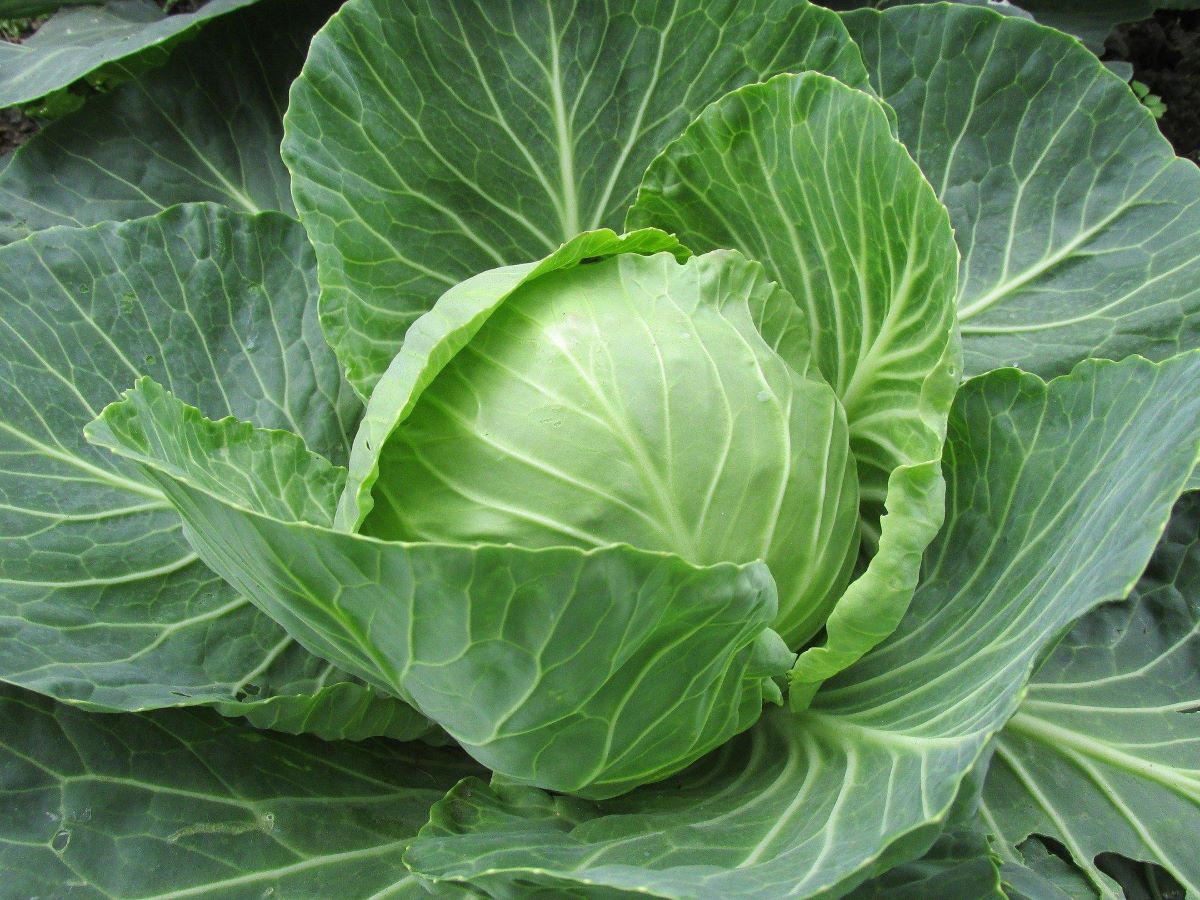

0 thoughts on “How To Store A Cabbage”